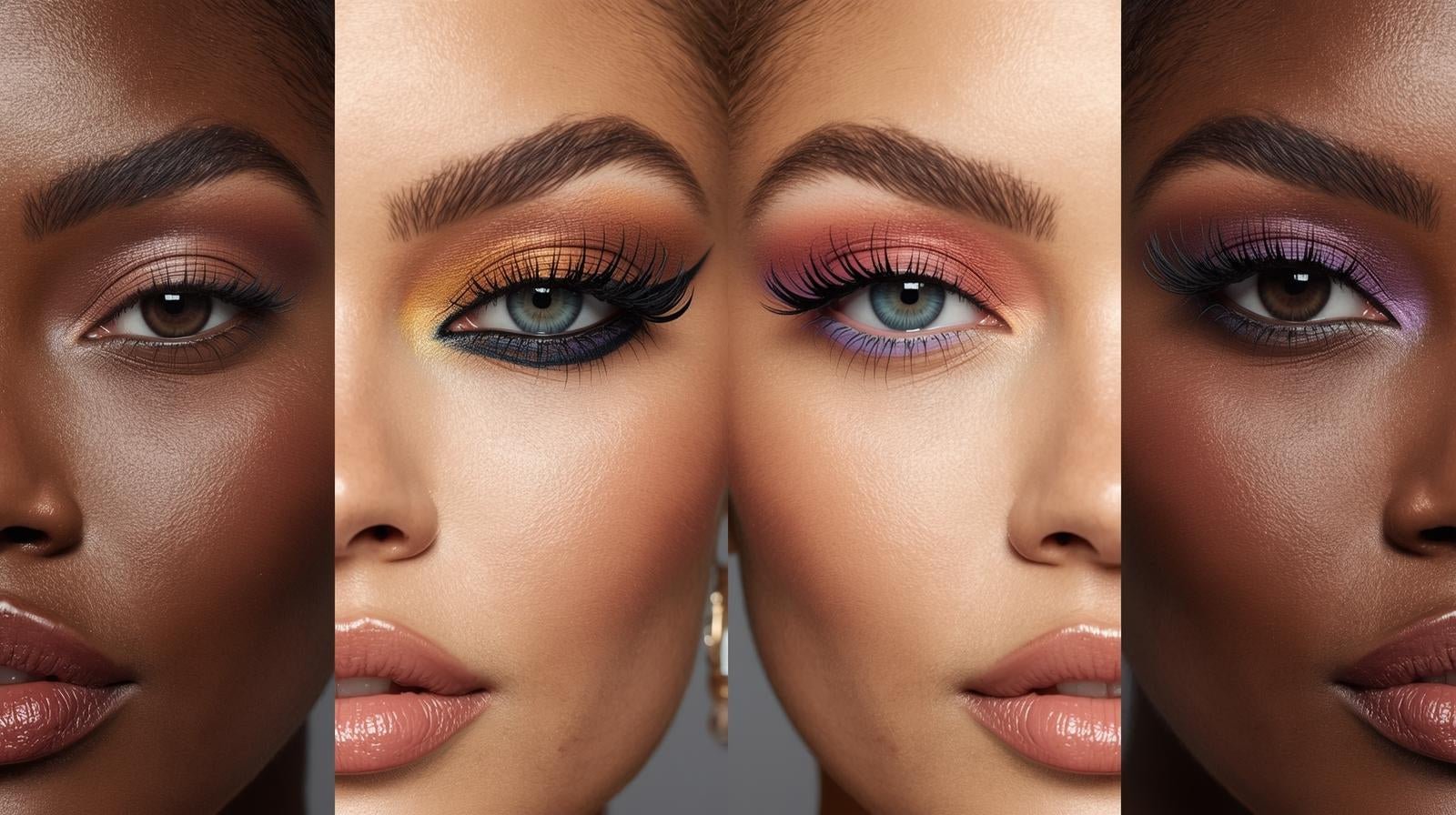The Allure and the Risk: Why Eye Makeup Safety Matters
Eye makeup, from the dramatic flick of eyeliner to the subtle shimmer of eyeshadow, has the power to transform our look and boost our confidence. It’s an integral part of beauty routines for millions worldwide. However, the delicate nature of our eyes means that what we apply near them requires extra scrutiny. In 2025, as beauty innovation continues at a rapid pace, understanding the ingredients in your eye makeup is more crucial than ever to avoid irritation, allergic reactions, and even long-term damage. This guide will equip you with the knowledge to make informed choices, ensuring your eyes look stunning without compromising their health.
Decoding the Ingredient List: What to Steer Clear Of
The world of cosmetics is complex, and many ingredients, while serving a purpose, can be problematic for the sensitive eye area. Here are some common culprits to watch out for:
- Parabens (e.g., Methylparaben, Propylparaben): These are preservatives used to extend shelf life. However, they have been linked to endocrine disruption and can cause skin irritation and allergic reactions in some individuals.
- Phthalates (e.g., Dibutyl Phthalate): Often used to make nail polish more flexible, they can also be found in some mascaras and eyeliners to improve longevity and texture. Phthalates are known endocrine disruptors and can contribute to reproductive health issues.
- Formaldehyde and Formaldehyde-Releasing Preservatives (e.g., DMDM Hydantoin, Imidazolidinyl Urea): These are potent preservatives. Formaldehyde is a known carcinogen and can cause severe allergic reactions and eye irritation.
- Heavy Metals (e.g., Lead, Mercury, Arsenic): While not always explicitly listed, these can be contaminants in colorants. Lead, in particular, has been found in some eye makeup products and can lead to serious neurological and developmental problems.
- Coal Tar Dyes (e.g., FD&C colors): These are synthetic colorants derived from petroleum. While approved for cosmetic use, they can cause allergic reactions and irritation, and some individuals are sensitive to them. Look for alternatives like mineral-based pigments.
- Fragrance/Parfum: This generic term can hide a multitude of potentially irritating chemicals. For sensitive eyes, it's best to opt for fragrance-free formulations.
- Bismuth Oxychloride: While it can give a pearlescent effect, some people experience redness, itching, and breakouts from this ingredient.
- Talc: Often used as a filler, talc can sometimes be contaminated with asbestos. While cosmetic-grade talc is regulated, opting for talc-free formulations can offer peace of mind.
The Safe Haven: What to Look For in Your Eye Makeup
Now that we know what to avoid, let's focus on the beneficial ingredients and certifications that signal safety and quality for your eye makeup in 2025:
- Mineral-Based Pigments: Ingredients like iron oxides, mica, and titanium dioxide provide vibrant color naturally. They are generally well-tolerated and less likely to cause irritation.
- Natural Oils and Butters: Look for nourishing ingredients like jojoba oil, shea butter, and cocoa butter. These can condition lashes and lids, providing a smoother application and hydration.
- Vitamins and Antioxidants: Vitamin E (tocopherol) and other antioxidants can protect the delicate skin around the eyes and offer anti-aging benefits.
- Hypoallergenic Formulations: Brands that specifically label their products as hypoallergenic have often undergone testing to minimize the risk of allergic reactions.
- Ophthalmologist-Tested: This certification indicates that the product has been tested by eye doctors to ensure it is safe for use around the eyes, even for contact lens wearers.
- Dermatologist-Tested: Similar to ophthalmologist-tested, this suggests the product is less likely to cause skin irritation.
